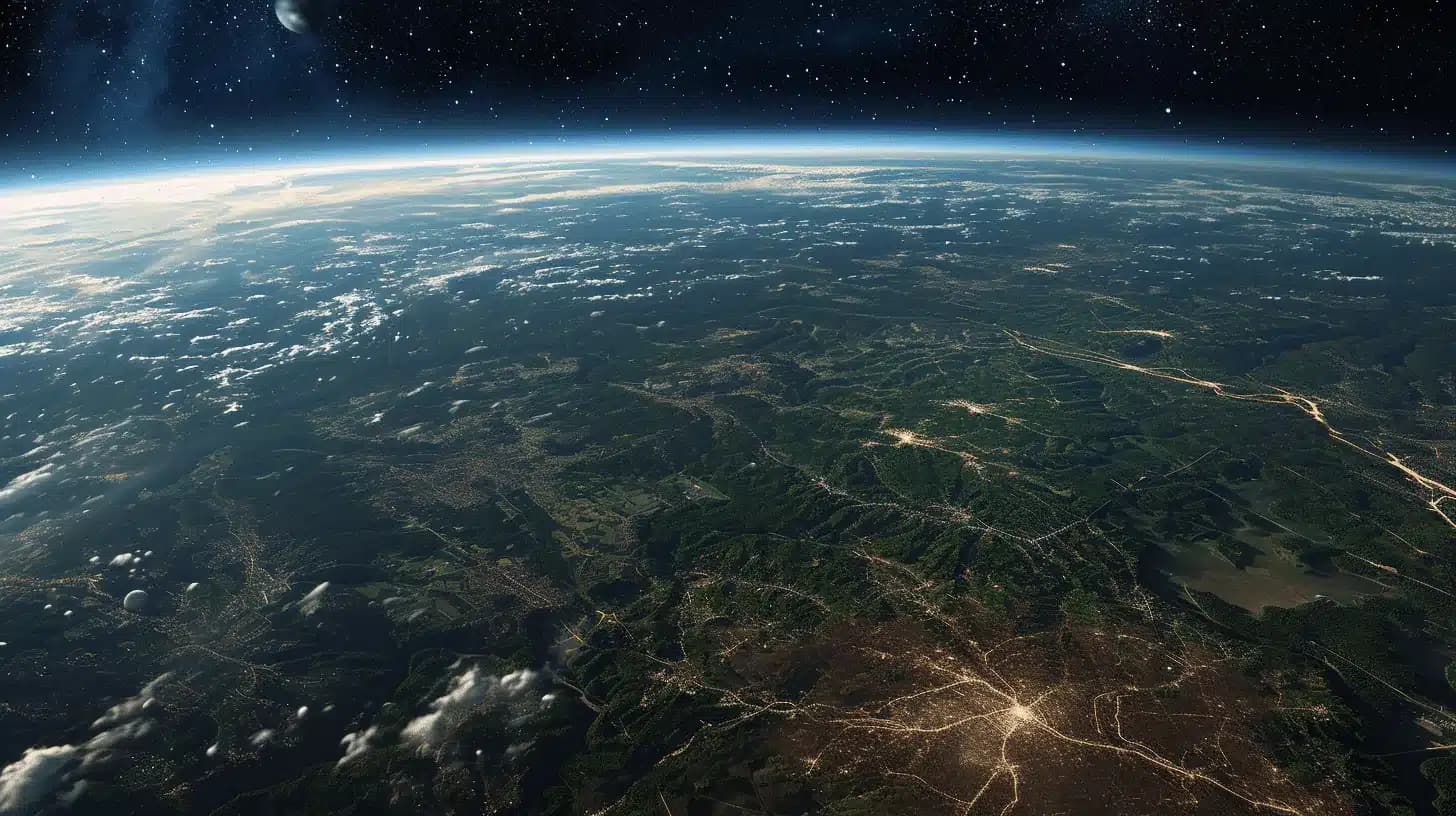
The Secret History of Ancient Cataclysms
The Legend of Atlantis has captivated the imaginations of people for centuries. According to ancient texts and myths, Atlantis was a highly advanced civilization that existed thousands of years ago. It was said to be a utopian society with incredible technological advancements and a thriving culture. However, Atlantis met a tragic fate and disappeared beneath […]